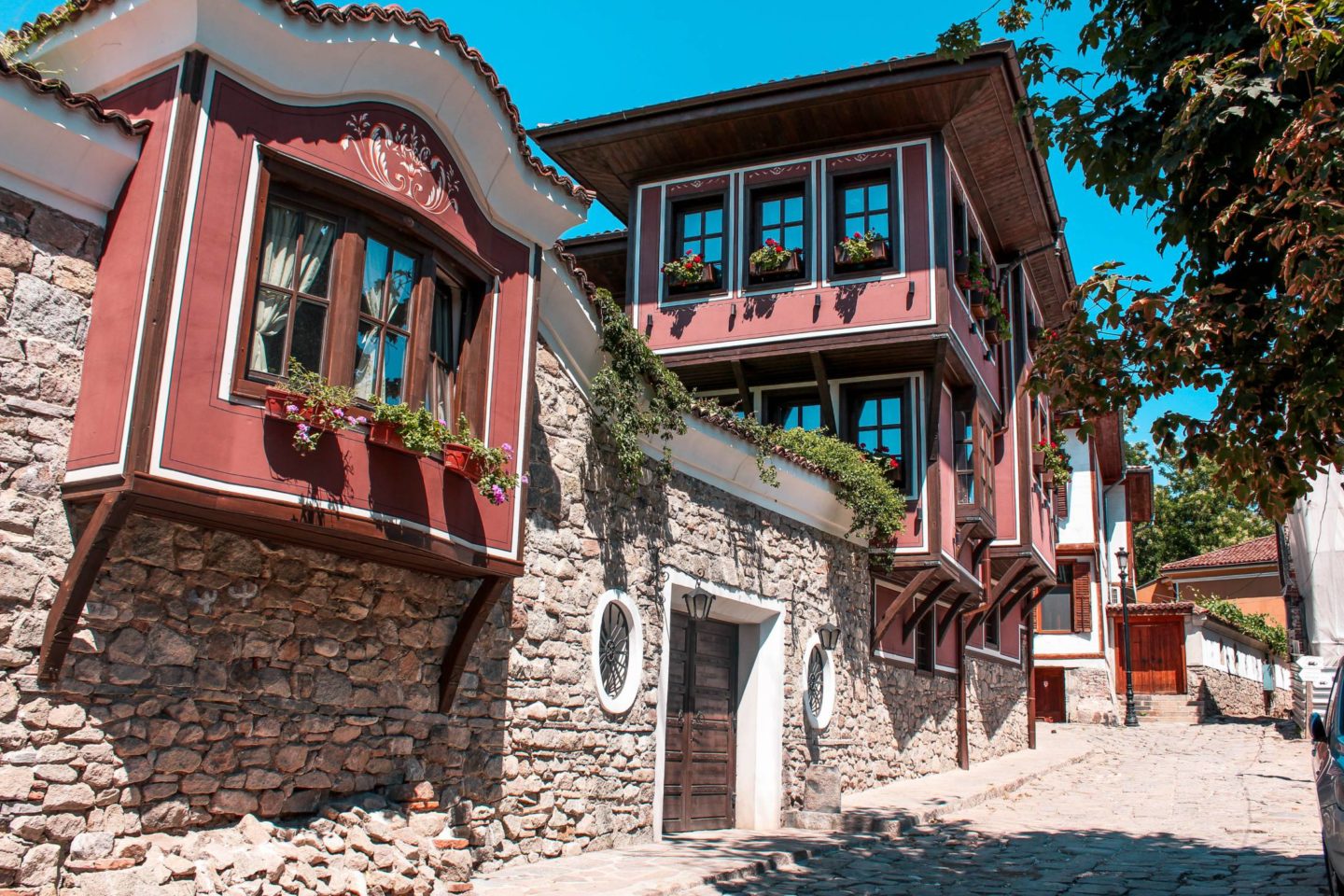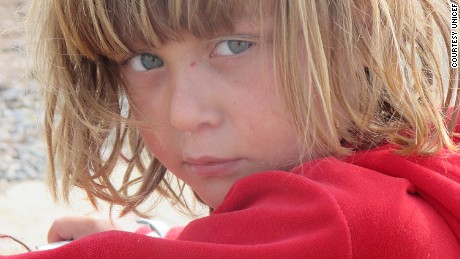Full Harvest Moon
The next full Moon will occur on Thursday, October 1, 2020, at 5:05 PM ET, and is known as the Full Harvest Moon.
The Harvest Moon is known as the full Moon that occurs closest to our autumnal equinox. It is also one of the most culturally referred to and celebrated full Moon names.
************
With the current warm weather along the West Coast, this should be a spectacular Harvest Moon. Just in the last week, smoke from the agonizing distant fires have subsided. I still smell the faint smell in a nearby canyon where I walk and where the air settles when there's no wind.
*************************
The ancient city of Plovdiv, Bulgaria
*************************
 |
| Partick Bridge, Scotland |
TV mystery programs
The Travel Channel still leads the pack. Some believe that the Travel Channel should go back to purely travel-related programming. Actually since Discovery, Inc. has so many channels, why not just form a paranormal/mysteries channel devoted explicitly to that brand of programming?
'Paranormal Nightshift' is another top-notch program, airing on Friday evenings on the Travel Channel. 'The Alaska Triangle' was another first-season program on The Travel Channel, which just sort've came-and-went, so I missed it. They've been airing some of them, and they're worth taking a look at if you like regional mysteries and folklore.
************
Has the hair on the back of your neck ever stood up?
"The hair on the back of my neck stood up!" It has become the metaphor for describing experiences in paranormal/mystery programing. The hair on the back of my neck has never stood up; not even one time in my entire life!
*************************
Carpathian mountain folklore
In the Metaliferi Mountains it was believed in the fifteenth century that the collapse of the stovepipe was an indication of an imminent death, an opinion that was still widespread during the nineteenth century.
*************************
.
'The Majestic Twelve'
Ancient Aliens: Season 12, Episode 9 (2017)
************
There has been an incredible 191 episodes of Ancient Aliens! To me it's become a series where I'll catch one here and there if it sounds interesting. The series has made Giorgio A. Tsoukalos into a meme star!
************
10-9-20 ADDITION:
Eisenhower Briefing Document (Majestic 12)
The Majestic Documents (Wood; 1998)
Extraterrestrial Entities and Technology Recovery and Disposal (Majestic 12 Group; 1954)
'Extraterrestrial Entities and Technology Recovery and Disposal' (PDF 1)
'Extraterrestrial Entities and Technology Recovery and Disposal' (PDF 2)
*************************
The Lords of Flatbush Soundtrack - 2 - 1 - A Very Fine Day
Mjolle
The Lords of Flatbush Soundtrack.
Side Two, Song 1: A Very Fine Day
The movie is from 1974 and stars Perry King, Paul Mace, Henry Winkler and a young Sylvester Stallone.
http://www.imdb.com/title/tt0071772/
************
'The Lords of Flatbush' (full movie)
.


























